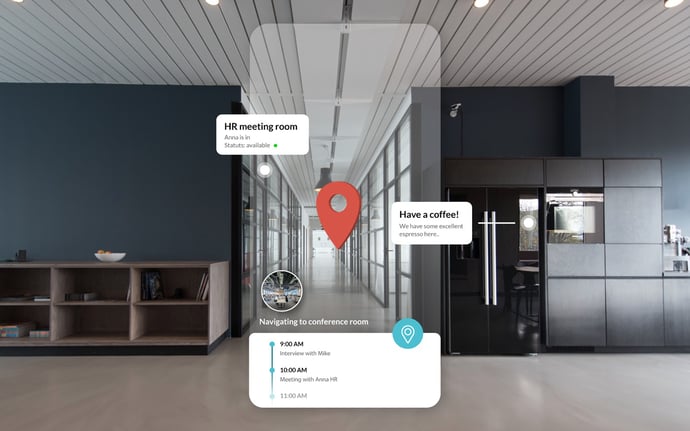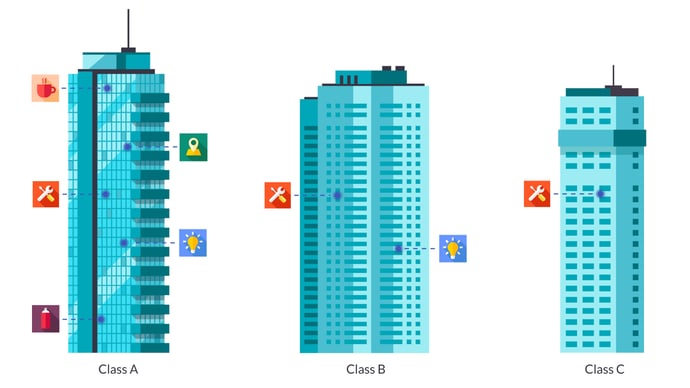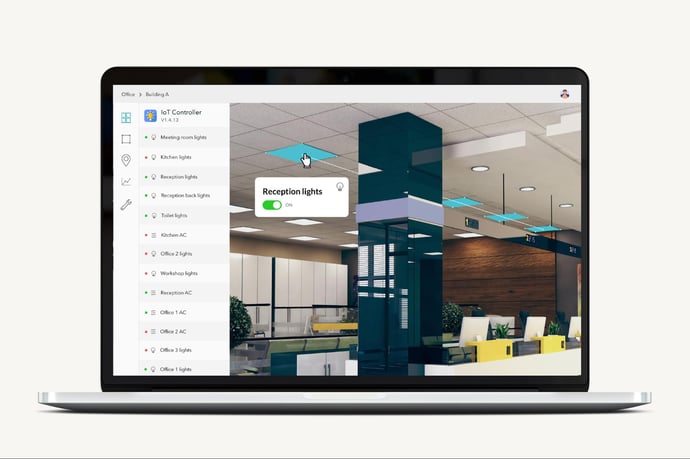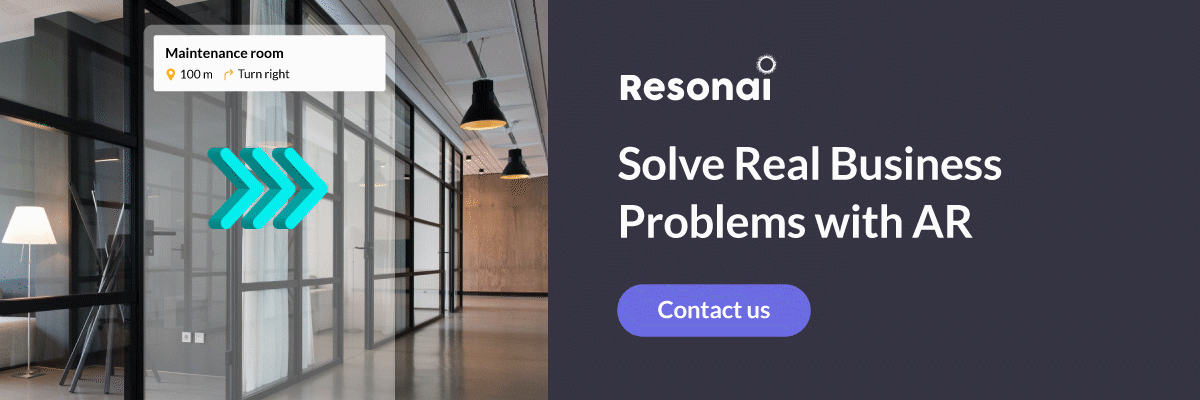How to Get the Most Out of Smart Building Upgrades
Technology upgrades can be intimidating, but turning your buildings into intelligent digital spaces doesn’t have to be a pricey, overwhelming headache
October 7, 2020

Building management is a costly, time-consuming endeavor. With routine maintenance, tenant relationships, equipment breakdowns, and other day-to-day challenges to overcome, building owners and managers are tasked with a lot, often on a tight budget or with a smaller staff than they’d like.
In the age of digital transformation, technology like AI, AR, and the Internet of Things can help building managers tackle these challenges with ease. Of course, investing in building upgrades can be a daunting prospect, but modernizing your buildings and turning them into intelligent digital spaces is a worthwhile endeavor. Don’t panic; a good smart building platform will allow you to gradually layer solutions, rather than having to buy into a comprehensive, all-in-one digital package that may not be right for you. This article will show you how to use technology like Resonai’s Vera AI platform to prioritize upgrades in a way that makes sense for your buildings.
A best-in-class experience
Before committing to a digital makeover, it’s important to understand your buildings’ core needs and how an investment in smart building technology can benefit your business. A high-rise luxury apartment building is obviously going to have different needs than a storage warehouse, for example. One of the great things about smart building tech is that you can start small, focusing on each property’s pain points, and add new solutions as you need them.
A good way to assess what smart services would benefit you most is to think about the kind of building you’re managing. Real estate professionals break up office buildings into three classes based on age, amenities, aesthetics, and other identifying factors:
- Class A: Class A buildings are typically the highest-quality spaces on the market. Picture a downtown high-rise with a big, fancy lobby. These spaces command higher rents than other building classes, and as a result tenants have higher expectations for state-of-the-art facilities.
- Class B: These mid-tier facilities are considered average in terms of amenities, height, and rent. They’re also typically older than Class A buildings, meaning they might have higher maintenance demands.
- Class C: This class ranks lowest for a reason. Class C buildings are often in undesirable areas, in serious need of renovation or repair, and at least 20 years old.
Once you know what kind of building you’re dealing with, it’s easy to figure out how to most effectively invest in new technology. For example, Class A buildings can offer solutions such as Vera’s digital concierge and AR-enabled navigation services to meet the needs of high-demand tenants and visitors, while enabling the structure to stand out from competing buildings in the area.
Class B units provide different opportunities for smart solutions. Many owners of Class B buildings have spent recent months and years replacing outdated lightning, security, HVAC and other systems with smart solutions that connect to the internet through IoT technology. Once connected, Vera’s embedded IoT Controller can help owners control all of their smart devices, including monitors, video conference devices, light switches and more, all through a single, unified system.
Meanwhile, Class C buildings are probably most in need of equipment upgrades, and smart preventive maintenance can reduce downtime. On top of that, Class C buildings can actually become Class B buildings with the right investments.
Though varying types of buildings might have different paths to modernization, the end result is the same: a more desirable space that keeps tenants happy and justifies a competitive rental price.
One step at a time
Whether you manage one building or several, don’t feel like you need to go all in on smart tech right off the bat. Start small, focusing on the properties most in need of incremental improvements, and determine which upgrades would be the most beneficial. Aside from building type, there are many other factors to consider. On top of that, 2020 brings its own special set of circumstances thanks to a global pandemic that’s changing how everyone works and lives.
Here are just a few things to consider:
- If you’re working with a limited, socially distanced staff, hands-free and remote solutions — such as AR training and manuals for new employees — are good bets for increasing worker efficiency and safety.
- For buildings that struggle with energy efficiency, IoT-controlled lights, doors, and sensors can help keep those electric bills down — and may even help you qualify for tax incentives. Meanwhile, a centralized place to manage all of your IoT-enabled devices, such as the IoT controller that works with Resonai’s Vera platform, will help you get the most from your IoT investment.
- Struggling to attract and keep tenants? Consider a platform that allows property managers to collaborate with tenants and collect data about their satisfaction levels. Smart buildings also allow maintenance workers the flexibility to react quickly and solve problems creatively, which tenants appreciate. Vera’s built-in analytics and data insights, for example, can help facilities managers understand things like traffic flow, traffic patterns, hot spots, and zone behaviors, which are particularly important for retail building operators.
Of course, you don’t need to come up with a comprehensive, scalable upgrade solution all on your own. With the right technology partner, you can take your first steps into the world of smart buildings and make your investment count.
At Resonai, that’s exactly what we’re here for. With Vera, an AI platform designed with commercial spaces in mind, we can transform physical buildings into intelligent digital spaces that open the doors to a number of exciting and innovative applications. By leveraging AR and managing IoT technology, we help building managers increase efficiency, save money, and modernize their spaces in a way that makes sense for them.
Ready to learn more? Get in touch to set up a demo.
Subscribe to Our Newsletter!
Read More
What Are Intelligent Building Management Systems?
If you’ve ever used smart technology at home, you’ve probably encountered the problem of every...
Intelligent Building Structure: Designing For Success From the Ground Up
Historically, the term “intelligent buildings” has been used to mean a building that’s designed...
Smart Building Technology: The Definitive Guide
The term “smart building” can be a broad one, but underpinning them all are a number of key...


